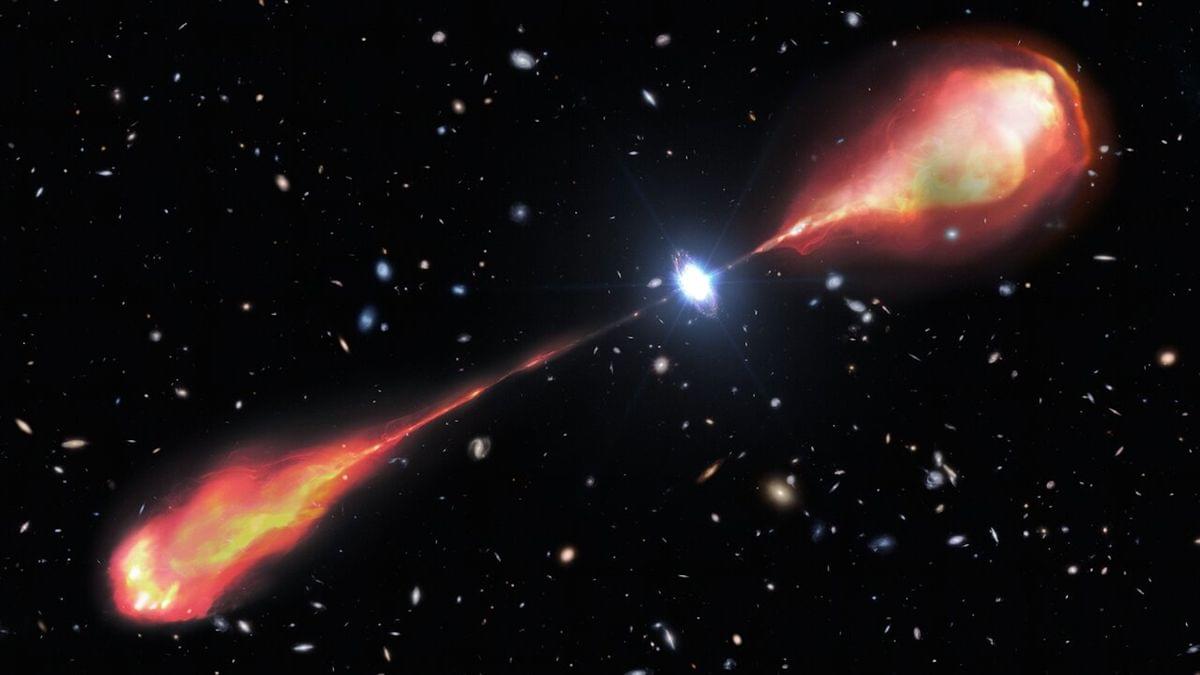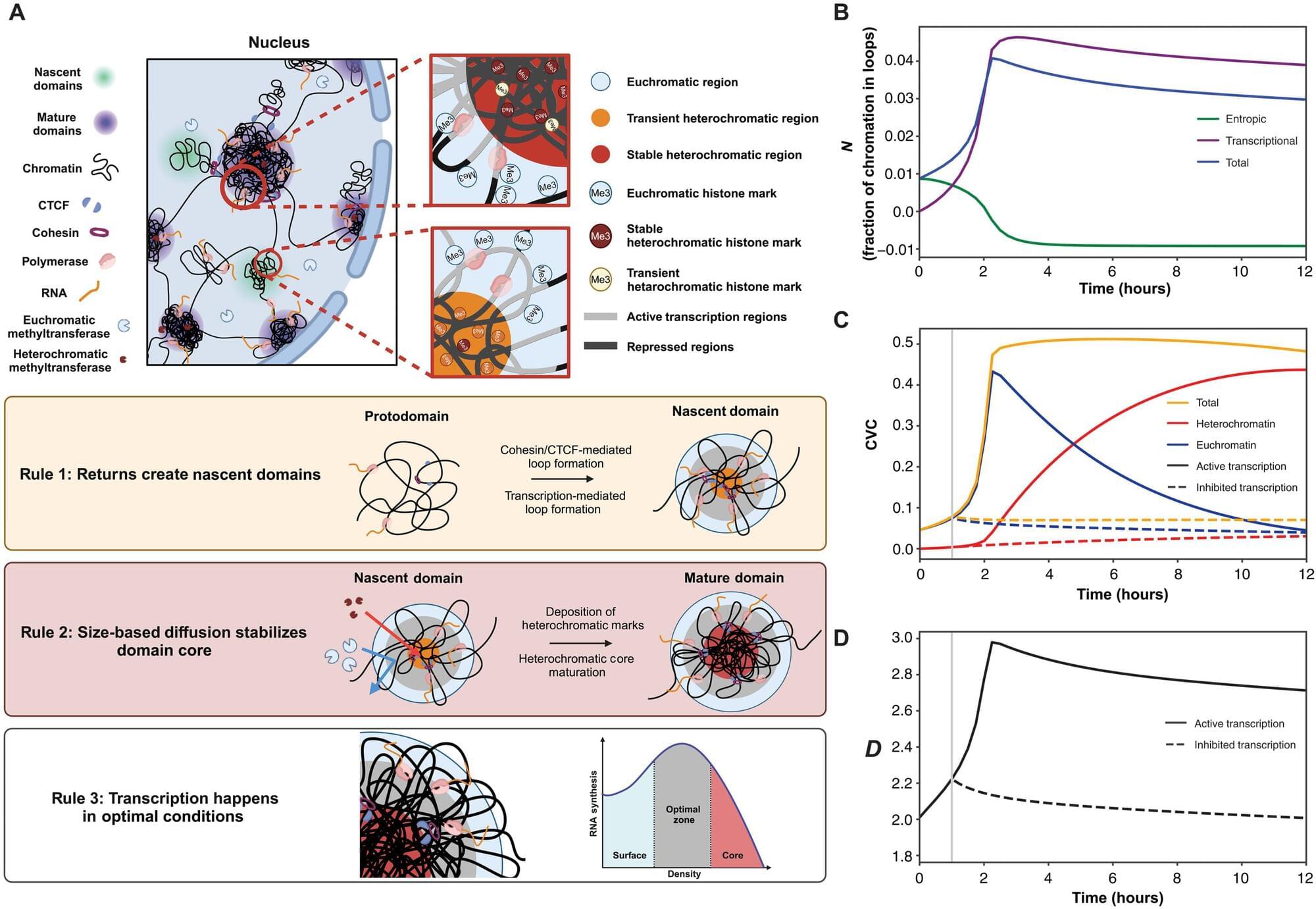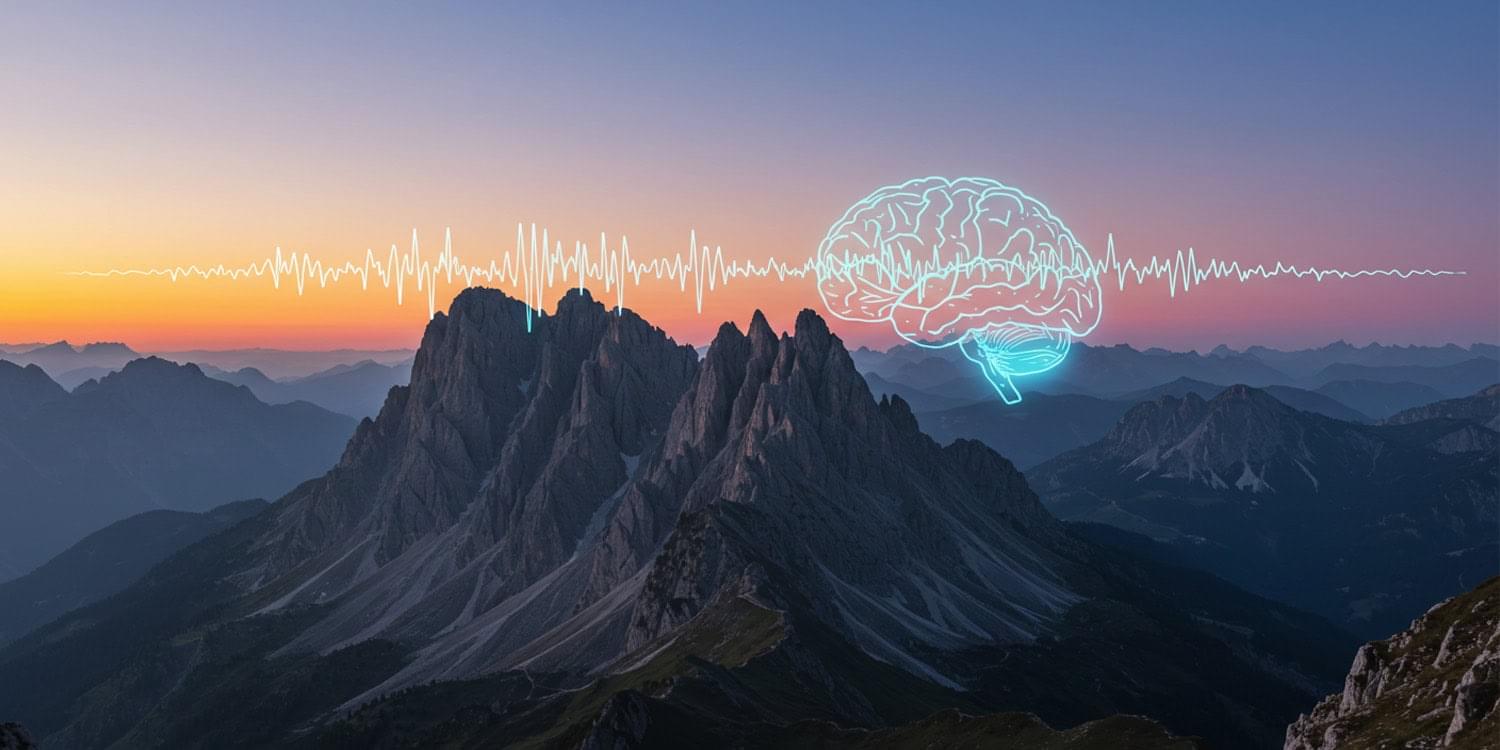An email reveals what I have been saying for long…Hossenfelder’s video: https://www.youtube.com/watch?v=shFUDPqVmTgMy books: www.amazon.com/Alexander-Unzi…
Get the latest international news and world events from around the world.
Can a Lab-Grown “Mini Human Brain” Really Fly a Butterfly? Breaking Down FinalSpark’s New Tech
Try brilliant FREE for 30 days: https://brilliant.org/ihm/And get 20% off an annual membership!Biocomputing company FinalSpark released footage of a human br…
Mind uploading and continuity
If you think I live in the twilight zone your right.
As a computational functionalist, I think the mind is a system that exists in this universe and operates according to the laws of physics. Which means that, in principle, there shouldn’t be any reason why the information and dispositions that make up a mind can’t be recorded and copied into another substrate someday, such as a digital environment.
To be clear, I think this is unlikely to happen anytime soon. I’m not in the technological singularity camp that sees us all getting uploaded into the cloud in a decade or two, the infamous “rapture of the nerds”. We need to understand the brain far better than we currently do, and that seems several decades to centuries away. Of course, if it is possible to do it anytime soon, it won’t be accomplished by anyone who’s already decided it’s impossible, so I enthusiastically cheer efforts in this area, as long as it’s real science.
There have always been a number of objections to the idea of uploading. Many people just reflexively assume it’s categorically impossible. Certainly we don’t have the technology today, but short of assuming the mind is at least partially non-physical, it’s hard to see what the ultimate obstacle might be. Even with that assumption, who can say that a copied mind wouldn’t have those non-physical properties? David Chalmers, a property dualist, sees those non-physical properties as corresponding with the right functionality, so for him AI consciousness and mind copying remain a possibility.

What will make scientific research data driven & limitless — Introducing Assured Science 2
This second of three videos describes what helps make the Assured Science System limitless, free-ranging, and self-sustaining while also producing the most robust data from every project of every researcher. It is our novel and powerful electronic infrastructure, The Universe of Research Niches (TURN) that is constructed by extracting the Cause & Effect relationships among all technical terms in the universe of existing primary research data. The capacity of TURN to serve as the common resourceful utility for everybody enables us to transform scientific research into a potent revenue-generating system.
After watching this video, please watch our last video in the series that describes how the Assured Science System works: • How you can maximize your benefits fr…
More specific details of the new system and how to join the effort will be provided personally. Please contact us at https://www.assuredscience.org/contact/
#assuredscience #scientific #science #scientific #scienceexperiment #scientificresearch #funding #turnsystem #scienceandtechnology

We Can’t Predict All The Innovations AI Will Enable — But Here Are A Few
For example, Real Entrepreneur Women, a career coaching service, has developed an AI coach called Skye. “Skye is designed to help female coaches cut through overwhelm by providing actionable strategies and personalized support to grow their businesses,” said founder Sophie Musumeci. “She’s like having a dedicated business strategist in your pocket – streamlining decision-making, creating tailored content, and helping clients stay consistent. It’s AI with heart, designed to scale human connection in industries where trust and relationships are everything.”
In the next few years, Musumeci predicted, “I see democratized AI creating new business models where the gap between big and small players closes entirely, giving more entrepreneurs the confidence and capability to thrive.”
Education is another area ripe for AI disruption, and it’s possibilities for hyper-personalization in learning. “The current education system in USA is designed to educate the masses,” said Andy Thurai, principle analyst with Constellation Research. “It assumes everyone is at the same skill level and same interest in areas of topic and same expertise. It tries to push the information down our throats, and forces us to learn in a certain way.”

Chromatin fiber’s genomic ‘memory’ governs the building blocks of life, study reveals
Northwestern Medicine scientists have discovered new details about how the human genome produces instructions for creating proteins and cells, the building blocks of life, according to a pioneering new study published in Science Advances.
While it’s understood that genes function as a set of instructions for creating RNA, and thus proteins and cells, the fundamental process by which this occurs has not been well-studied due to technological limitations, said Vadim Backman, Ph.D., the Sachs Family Professor of Biomedical Engineering and Medicine, who was senior author of the study.
“It is still not fully understood how, despite having the same set of genes, cells turn into neurons, bones, skin, heart, or roughly 200 other kinds of cells, and then exhibit stable cellular behavior over a human lifespan which can last for more than a century—or why aging degrades this process,” said Backman, who directs the Center for Physical Genomics and Engineering at Northwestern. “This has been a long-standing open question in biology.”

Living at high altitudes may alter how the brain processes emotions
A new study published in the journal Neuroscience has found that long-term exposure to high-altitude conditions can slow down the way people recognize faces and change the way their brains process emotions. The research compared young adults living at high altitudes with those living at lower altitudes and found that the high-altitude group not only took longer to recognize emotional faces but also showed distinct changes in their brain activity.
Long-term residence in high-altitude environments has been linked to a greater occurrence of mental health challenges, such as anxiety and depression. Statistics show that depression is significantly more common in high-altitude regions compared to lower areas. Studies focusing on people who migrate to or work in high-altitude places, like those in Tibet or the Himalayas, have consistently shown that the reduced oxygen levels at these elevations can negatively impact emotional well-being. Moving to high altitude regions has been reported to increase the chances of experiencing depression, anxiety, and even suicidal thoughts.
Depression is known to be closely related to negative patterns in how we think and process information. A strong connection exists between depression and a tendency towards negative thinking, fixating on negative thoughts, and difficulty controlling impulsive behaviors. This relationship has been observed in soldiers stationed in high-altitude areas; those with poorer mental health tend to exhibit stronger negative biases in their thinking. This negative thinking bias can also influence how we perceive facial expressions, which is important for social interactions. For instance, individuals with depression tend to show heightened brain responses to negative facial expressions and take longer to shift their attention away from them. Brain activity patterns, measured through electroencephalography, can even be used to detect depression based on how the brain reacts to emotional stimuli.